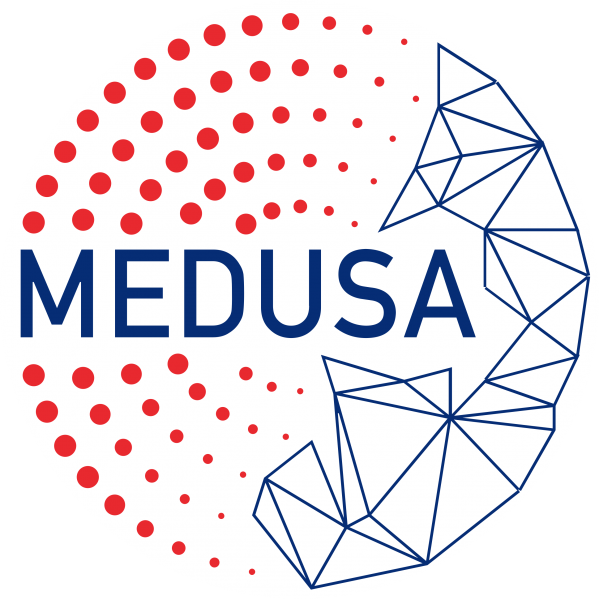| Line 123: | Line 123: | ||
<div id="projectdescription"> | <div id="projectdescription"> | ||
<div id="project1"><div class="logo"> | <div id="project1"><div class="logo"> | ||
| − | <img class="logosubpinerte" src="https://static.igem.org/mediawiki/2017/ | + | <img class="logosubpinerte" src="https://static.igem.org/mediawiki/2017/2/2c/RocheinertePB.png"><img class="logosubp" src="https://static.igem.org/mediawiki/2017/6/61/RochePB.gif"></div><h4>Biomaterials</h4>Three different biomaterials with differing/distinct properties were developed on: Calcium Carbonate, Polysilicate and P3HB. Each material has unique properties and differing applications, allowing for a broad spectrum of fields that the 3D printer belongs to.</div> |
<div id="project2"><div class="logo"> | <div id="project2"><div class="logo"> | ||
| − | <img class="logosubpinerte" src="https://static.igem.org/mediawiki/2017/ | + | <img class="logosubpinerte" src="https://static.igem.org/mediawiki/2017/5/51/LaserinertePB.png"><img class="logosubp" src="https://static.igem.org/mediawiki/2017/a/ad/LaserPB.gif"></div><h4>Light control</h4>Optogenetics allows fully reversible control of gene expression in both time and space. Both photosensory transmembrane proteins as well as photoswitchable protein caging were developed to expand the existing library of optogenetic tools.</div> |
<div id="project3"><div class="logo"> | <div id="project3"><div class="logo"> | ||
<img class="logosubpinerte" src="https://static.igem.org/mediawiki/2017/2/28/LogoRNAPB.png"><img class="logosubp" src="https://static.igem.org/mediawiki/2017/e/ec/RNAtlogoPB.gif"></div><h4>RNA Agglomerations</h4>RNA is a light cost nucleotide material in the cell, which has potential to act as a scaffold and transporter. We aim to recreate RNA agglomerations as formed in mammalian cells with triple repeat disorders, which show liquid phase separation, forming a organelle-like vesicle, where local concentrations of enzymes can be created.</div> | <img class="logosubpinerte" src="https://static.igem.org/mediawiki/2017/2/28/LogoRNAPB.png"><img class="logosubp" src="https://static.igem.org/mediawiki/2017/e/ec/RNAtlogoPB.gif"></div><h4>RNA Agglomerations</h4>RNA is a light cost nucleotide material in the cell, which has potential to act as a scaffold and transporter. We aim to recreate RNA agglomerations as formed in mammalian cells with triple repeat disorders, which show liquid phase separation, forming a organelle-like vesicle, where local concentrations of enzymes can be created.</div> | ||
Revision as of 23:26, 28 October 2017


BRINGING CONTROL TO THETHIRD DIMENSION
Proof of concept - 3D printer:
by creating a printer, it is a clear and easily quantified way to validate our 3D controls.
It also allowed us to engineer biomaterials that would be compatible and useful in
biotech. We also optimised production by creating local concnetrations of enzymes in
the RNA organelles.
By creating logic circuits with photo sensitive proteins, we control and study cells in 3D.


Biomaterials
Three different biomaterials with differing/distinct properties were developed on: Calcium Carbonate, Polysilicate and P3HB. Each material has unique properties and differing applications, allowing for a broad spectrum of fields that the 3D printer belongs to.

Light control
Optogenetics allows fully reversible control of gene expression in both time and space. Both photosensory transmembrane proteins as well as photoswitchable protein caging were developed to expand the existing library of optogenetic tools.

RNA Agglomerations
RNA is a light cost nucleotide material in the cell, which has potential to act as a scaffold and transporter. We aim to recreate RNA agglomerations as formed in mammalian cells with triple repeat disorders, which show liquid phase separation, forming a organelle-like vesicle, where local concentrations of enzymes can be created.





